Tourism businesses in the Highlands have said they strongly oppose the current proposal for the implementation of a visitor levy.
Dozens of owners, directors and managers of accommodation providers across the region took part in a discussion organised by Visit Inverness Loch Ness in partnership with the Highland Hotels Association (HHA) at Inverness’ Eden Court today, Wednesday January 15.
In November, the Highland Council launched a public consultation for the implementation of a tourist tax, which is open until March 31.
The Visitor Levy (Scotland) Act 2024 gives local authorities discretionary powers to implement a visitor tax, similar to those in many European countries and cities.
Highland Council confirmed its plans to charge a 5% fee for overnight stays, with the revenue gathered through that to be invested in local facilities and infrastructure.
If approved, it could be enforced from winter 2026, as the start date must be at least 18 months from when a local authority formally decides to proceed with its introduction.
At the Eden Court meeting, the majority of those representing accommodation businesses said were “not against the principle of a visitor levy”.
But they made it very clear that they “disagree” with a number of elements of the current proposal.
They highlighted the following issues as the “worst” aspects of the proposal:
- The 5% charge – they are asking for a flat rate instead
- A VAT thresholds issue: The visitor levy would be considered part of business turnover, therefore being subject to VAT.
- Administrative burden: The current proposal states accommodation businesses are responsible for collecting the levy.
Highland visitor levy ‘not a money grab’
The panel at the meeting was led by Colin Marr, chief executive of the Inverness Chamber of Commerce, and Craig Ewan, operations director at Kingsmills Hotel and Ness Walk Hotel and HHA vice chair.
Highland Council chief executive Malcom Macleod and chief officer Sheila Armstrong also spoke to defend the consultation.
Mr Macleod was the first speaker and insisted the levy is “not a money grab”.
Rather, he said it is a crucial step that must be taken to sustain and support the tourism industry, improve visitor experience and support local communities.
He encouraged everyone to take part in the consultation but admitted there are things the council “is unable to change.”
“As this is a legislation passed by the Scottish Government, there are things that we are unable to change, like the percentage rate instead of a flat rate,” he said.
Highland visitor levy proposal is ‘fundamentally flawed’
Inverness Chamber of Commerce chief executive Colin Marr said he and members are “increasingly concerned that the tourist levy will do more harm than good”.
Mr Marr, who described the levy as a “high-risk gamble,” explained: “It’s very unusual for us to publicly oppose the council but we’re doing it because we believe the levy proposal is fundamentally flawed.
“There is far too little detail on how money will be spent.”
He added that his biggest concern is that “the levy would be subject to VAT.
“I can’t think of another tax that has a tax on top of it,” he said.
“It will lead to the closure of accommodation and could have a negative impact on tourism numbers.”
He also highlighted that when a visitor tax has been successfully implemented across Europe, this was through a flat fee rather than a percentage.
Mr Marr also spoke to the P&J after the talk.
He added: “Fundamentally, the worst thing is that it will be part of a business turnover and therefore is subject to VAT, so it will put some businesses over the VAT threshold.
“And why does it have to be a percentage rate when most successful visitor levy schemes around the world are flat rates?”
Tourist tax to become ‘administrative burden’
Highland Hotel Association (HHA) vice chair Craig Ewan said hoteliers have significant concerns for the industry if the proposal goes ahead.
“We have major concerns about the implementation of a levy as the industry is already very fragile due to increased costs and tourist numbers in Inverness that are decreasing every year.”
He also believes small operators such as B&Bs and guest houses will struggle as they may go over the £90,000 threshold.
“It’s tax on tax as it is considered as revenue and subject to VAT,” he said.
Mr Ewan added that the fact that the percentage model is already decided before the closure of the consultation is “very frustrating”.
The Kingsmills Hotel operations director told The P&J: “The 5% charge is the worst thing.
“If a visitor levy is done properly, it should be an affordable small, fixed fee, and make it very clear to the customer that they’re paying for it.
“Making it a fixed fee of £1 or £2 per room would make it simple and reduce the burden.
“If the current proposal goes ahead, we’re going to have to implement software in hotels as we have dozens of different rates every night.
“I’ve enquired about that and for our hotel and it’d cost £7,500.”
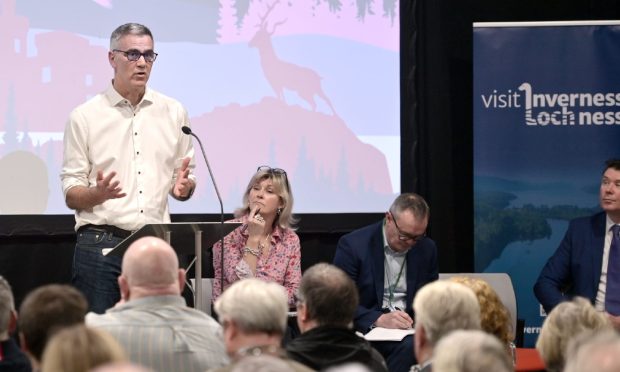
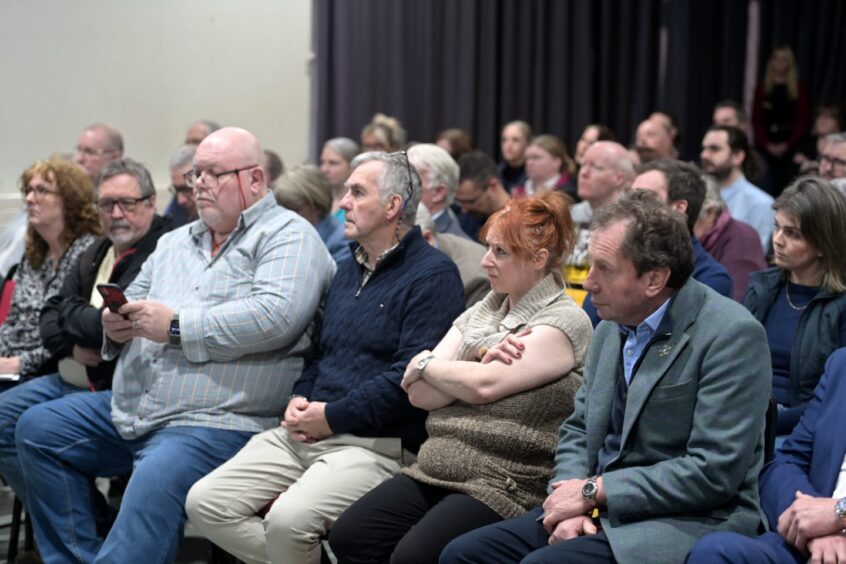
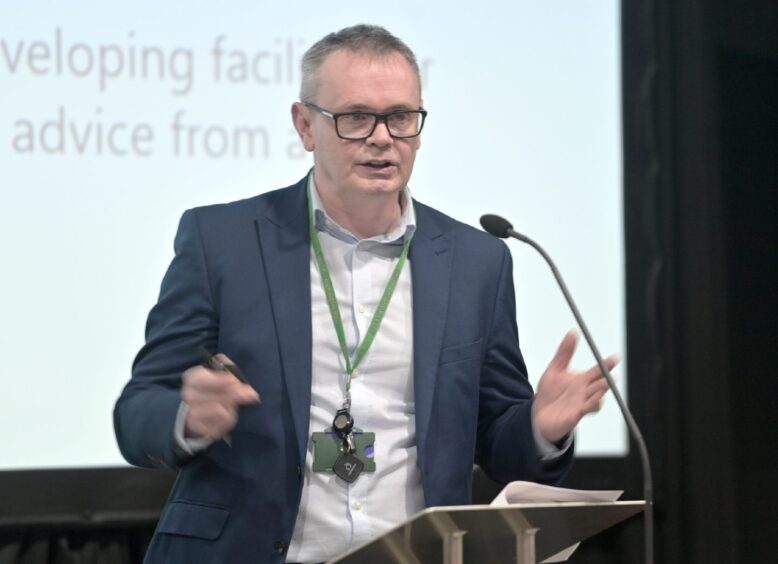
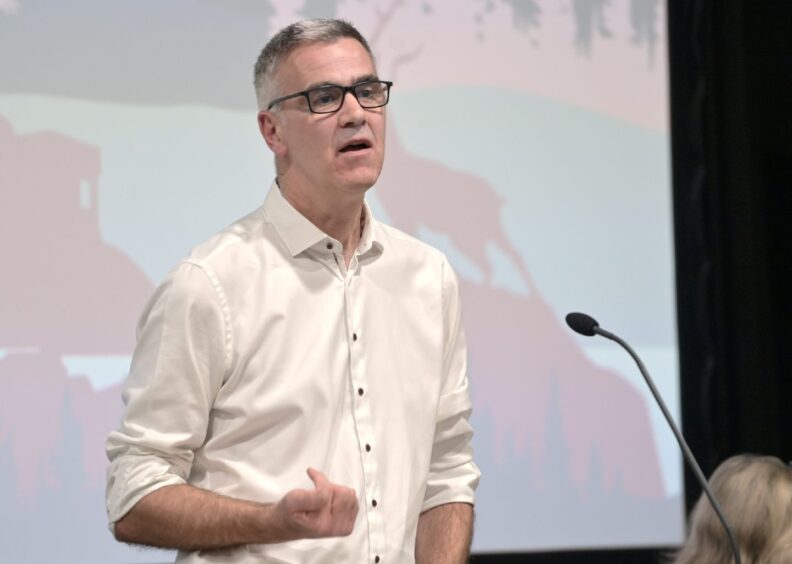
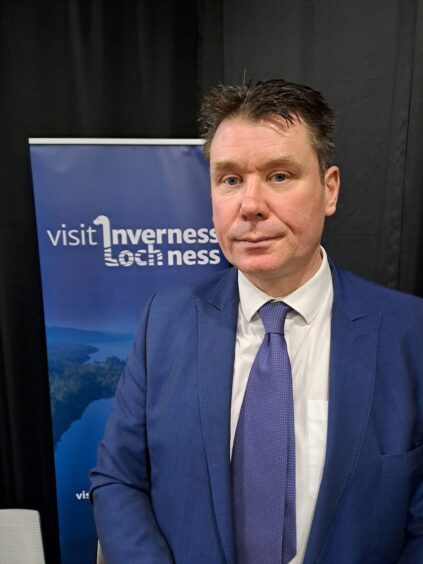
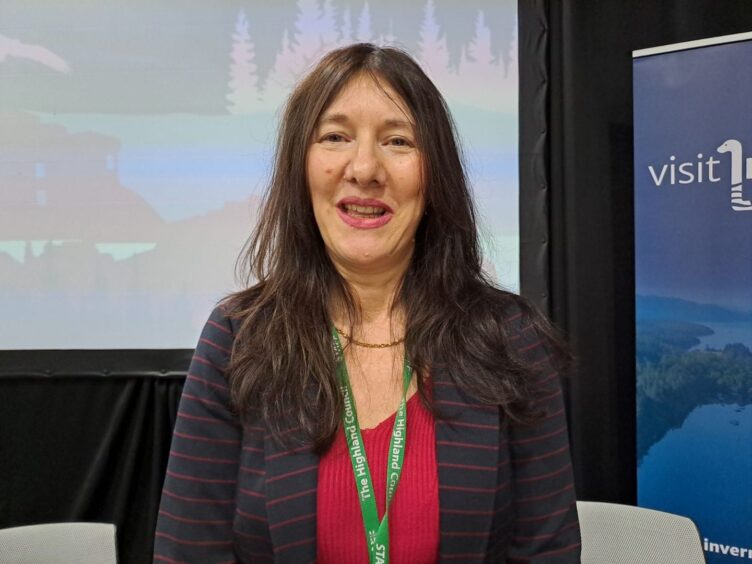
Conversation